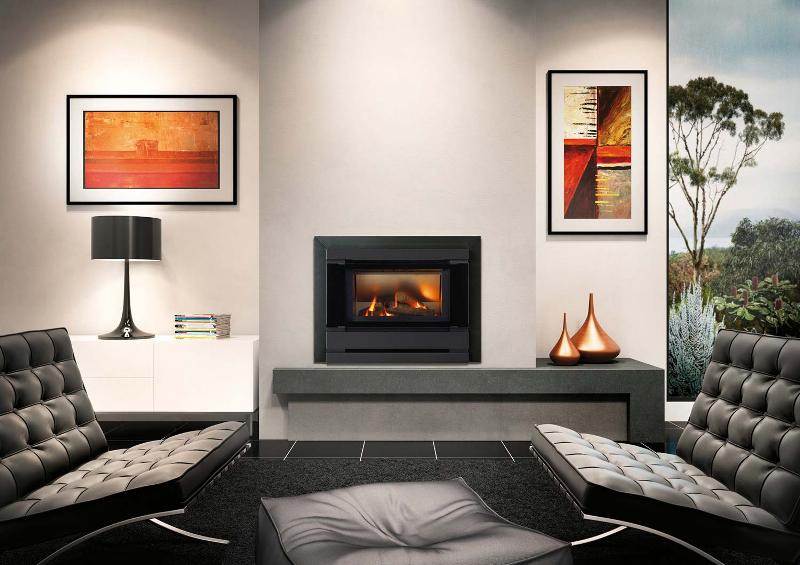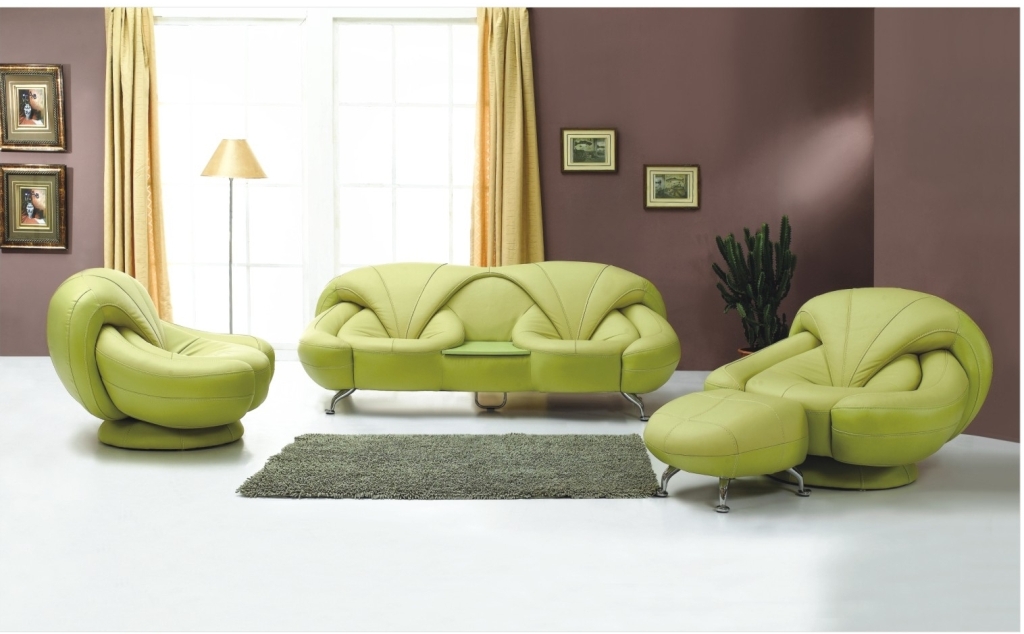Gas heaters are a highly effective alternative to wood-burning heaters. They are mainly used to heat indoor areas during the colder winter months. As the name suggests, gas heaters use gas as a power source. They burn one of four different types of gas: natural gas, propane, liquefied petroleum gas, or butane. Other than the type of gas that they use, gas heaters also come in four different types:
- Unflued gas heaters.
- Flued gas heaters
- Radiant convection gas heaters
- Convection gas heaters
The operation of a gas heater depends on its inner mechanism. In this case, creating two categories, flued and unflued; other times referred to as vented and unvented. A flue refers to a piping piece that runs from the heater to the exterior through a hole in the wall. It acts as an exhaust system so that the heater’s emissions immediately have a place to escape from instead of sitting and accumulating in the home.
Unflued heaters, on the other hand, are not connected to an external exhaust system. They mostly rely on the room’s access points to the outside for ventilation. For this reason, unflued gas heaters are not recommended for use in small, cramped spaces where there may not be enough room to vent adequately.
Flued heaters are ideal for use when a member of the household is prone to allergies or respiratory complaints. They are also fit for use in whatever space you would like them in, although this renders them less portable as they are attached to the ventilation shaft. Furthermore, flued heaters are not as efficient as the unflued variety, and shaft installation can be quite costly, making the flued heaters more expensive to run overall.
Unflued heaters draw their main advantage from their portability. As they are not attached to anything, they can be moved, not just from room to room but also house to house. This makes them ideal for renters and homeowners that prefer to avoid the expense of having a flue put in. This also presents the flexibility of uniquely designing the heater to specific requirements. Although unflued heaters are not recommended for use in small areas, they are quite efficient heat sources. Depending on your overall outlook, unflued heaters do have a slight overall advantage over the flued type.
Let us consider the energy source: gas. If you cannot connect your heater to the natural gas line that runs into your home, then you must think of a workable alternative for use in your heater. While natural gas takes the effort away from the bottle refill process, the necessary hardware’s initial installation can be costly. Using the other types of gas reduces, eliminates installation costs altogether, and is a more portable option. These heaters tend to be a little more expensive to operate as you are left with the need to purchase replacement cylinders whenever the gas runs out.
Finally, maintenance and care of your gas heater is a significant consideration. As with all other pieces of equipment, gas heaters need to be well serviced to remain safe and effective in their operation. You should not make the mistake of assuming that all is well and good simply because your heater came on the last time you attempted to turn it on.



















